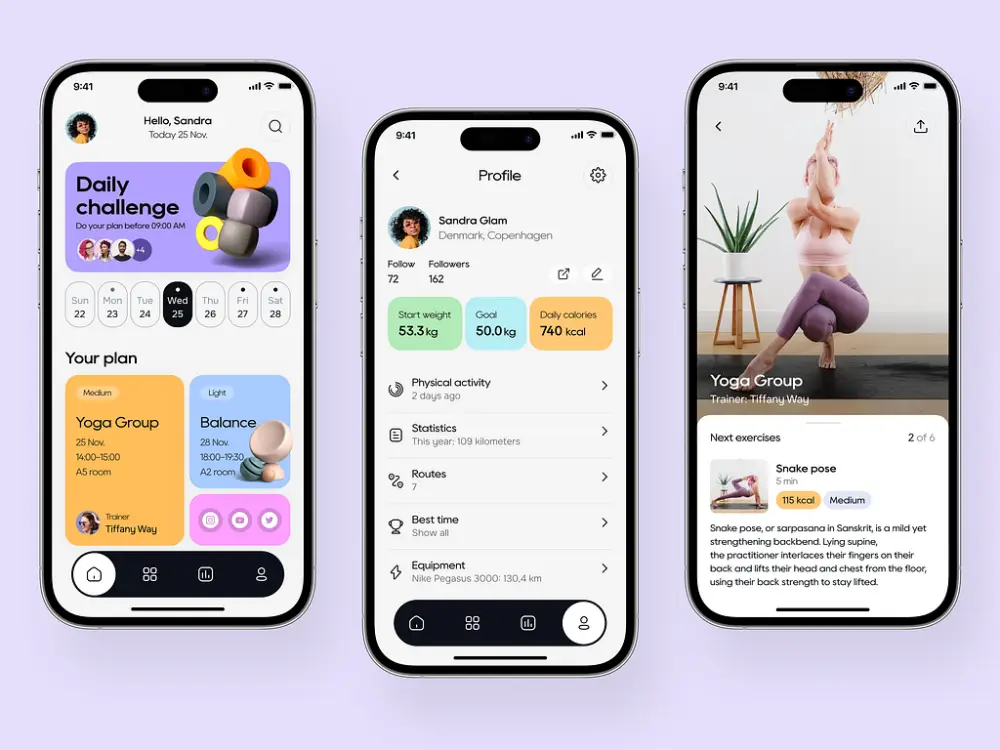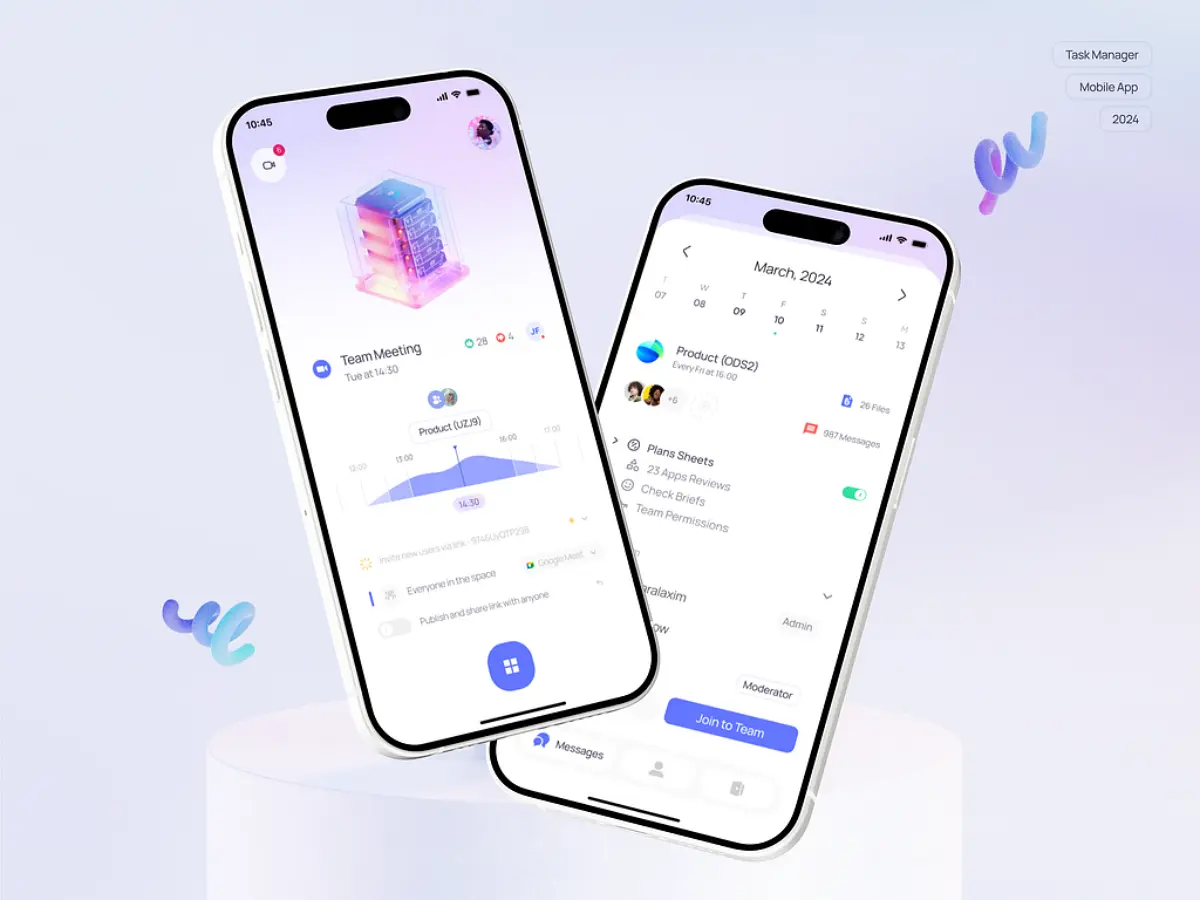Master AI Resume Screening in Recruitment
- TECHVIFY Team
- 0 Comments
Recruiters are often judged based on two key performance indicators: time to hire and quality of recruitment. This has led many to ask, “How can we make the recruitment process faster and more efficient?”
This question has become increasingly urgent. Before COVID-19, only 20% of new hires were directly sourced by recruiters, while 80% came through referrals and other channels. A report by Harvard Business School indicates that top candidates are becoming harder to spot for recruiters. Thus, there is a pressing need to quickly enhance recruitment and candidate screening processes.
Artificial Intelligence (AI) offers a compelling solution. AI resume screening tools can revolutionize recruitment by addressing major challenges in talent acquisition and improving the efficiency of resume screening.
I. Problems Resume Screening is Facing
Resume screening is a fundamental aspect of HR process automation. It involves evaluating a candidate’s information—such as education, skills, experience, and personality—to determine whether they are a good fit for a particular position. This crucial step occurs after a job offer is posted and before the interview. While it may seem straightforward, resume screening presents several significant challenges:
Application Volume
Research indicates that human resource specialists attract an average of 250 applications for a single common position, but only about 12% of these applications meet the job requirements. Consequently, 88% of applications are deemed unqualified. Reviewing numerous applications is one of recruitment’s most tedious and time-intensive aspects. This can lead to recruiter fatigue, errors, missed information, or the unintentional filtering out of qualified candidates due to unconscious bias.
Still want to see more AI-related articles? Check here:
Quality of Hire
Quality of hire refers to the value a new candidate can bring to a company in the long term. It is a critical KPI that demonstrates the effectiveness of the recruiting department. Measuring the quality of hire involves assessing new employees’ performance, overall productivity, and 360-degree feedback. However, ensuring during the screening stage that a new applicant will add value to the company is challenging. Tools can help pre-qualify applicants, but they do not guarantee future success. Applicant Tracking Systems (ATS), for instance, do not assess the quality of hire in advance, making it difficult for companies to improve their screening workflows.
Speed
Given that an average position generates around 250 applications, the screening process can take up to 23 hours per hire. If a recruiter handles multiple open positions, the process becomes too slow to be effective. About 60% of candidates abandon applications that appear lengthy, causing companies to lose potential top candidates. Organizations that complete hiring within 24 hours often acquire the best candidates quickly by utilizing various recruiting software, including resume screening tools.
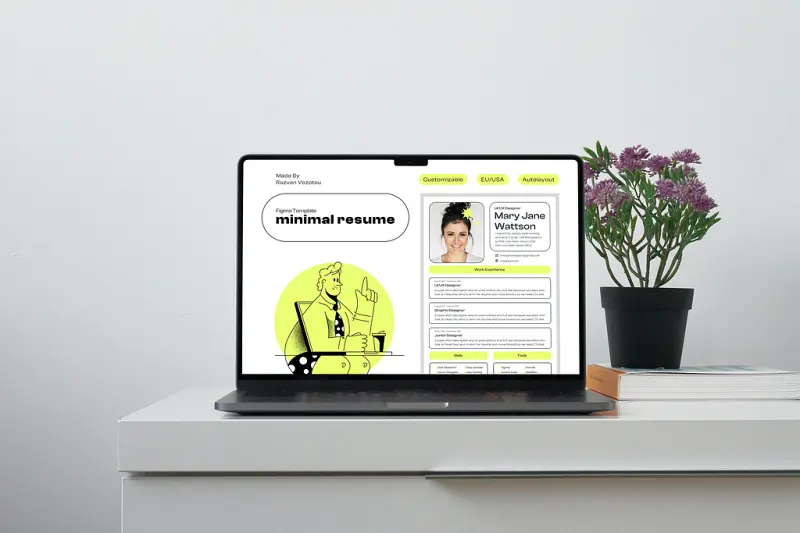
II. Introducing AI in Resume Screening to Solve All The Problems
Artificial intelligence (AI) is used in hiring to increase efficiency, improve candidate quality, save resources, and reduce biases. This technology helps give a fair evaluation to all candidates, including those with unconventional backgrounds.
Resume screening AI tools focus on three main stages of hiring:
- Sourcing: Quickly finding and connecting with potential talent.
- Screening: Efficiently identifying the best applicants.
- Interviewing: Facilitating remote hiring and saving time.
AI screening tools include resume parsing and assessments of behavior and skills. AI resume screening involves using AI to sift through resumes and applications, advancing the most suitable candidates to the next stage. These tools aim to make the resume review process faster and more effective.
Have a Project Idea in Mind?
Get in touch with experts for a free consultation. We’ll help you decide on next steps, explain how the development process is organized, and provide you with a free project estimate.
III. How does AI in Resume Screening Work?
1. Resume Parsing with AI
AI screening tools use Natural Language Processing (NLP) to interpret and organize unstructured resume data. This involves extracting key details like contact information, education history, work experience, skills, certifications, and qualifications from submitted resumes.
2. Matching Candidates to Jobs
After parsing resumes, AI tools compare the extracted data with the job requirements set by the employer. They analyze how well candidate profiles align with job descriptions by matching keywords, skills, experience, and other criteria. For example, the Arya platform searches a large candidate database in North America, spanning over 850 million profiles from more than 70 channels across 150 industries, to find candidates who meet the recruiter’s specific parameters.
3. Candidate Assessment by AI
AI based resume screening tools assess candidates based on educational background, degrees, certifications, relevant experience, specific skills, and software proficiency. Not all AI systems offer talent scoring and ranking, but some platforms integrate this feature. These AI systems assign a score to each candidate based on their suitability for the role. Advanced features can give recruiters a comprehensive view of a candidate’s career journey.
Many AI tools use only 4-5 parameters to assess candidate relevancy, and some do not provide any scoring or ranking.
Some AI tools stand out due to their advanced talent scoring and ranking capabilities. They cross-reference data across multiple parameters to accurately assess, score, and rank candidates. These systems can also explain why a candidate is a good match for a job, even if specific keywords are missing from their resume. This additional score details feature explains how the AI arrived at a candidate score, giving recruiters important insights into candidate compatibility.
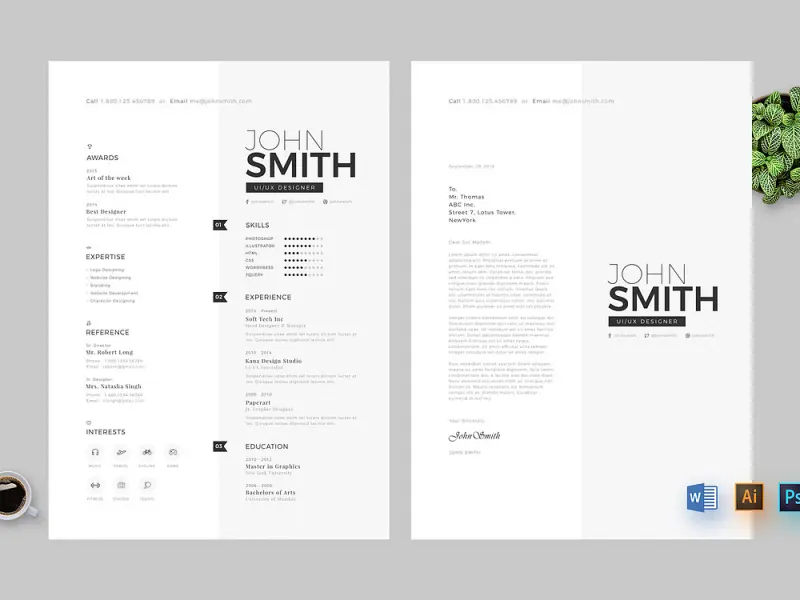
4. Anonymizing Candidate Details
Many AI resume screening tools help reduce bias by anonymizing candidate information. To ensure a fairer evaluation process, they remove identifying details such as names, genders, and ages from resumes. The AI systems are programmed to recognize and avoid biased patterns in data and decision-making.
Advanced AI tools often include features like candidate identity masking and diversity indicators. These tools deliver diverse candidate pools while keeping the integrity of talent scoring and ranking intact, supporting recruiters in making more equitable hiring decisions.
IV. Main Benefits of AI Resume Screening
Improved Staffing Efficiency
AI resume screening tools can quickly generate a shortlist of quality candidates significantly faster than manual methods. This accelerates the hiring process, allowing interviews to start sooner and reducing the time positions remain vacant. As a result, the workload on existing staff is lessened, improving overall team morale.
Better Candidate Experience
With AI handling resume screening, candidates receive faster updates on their application status. This reduced wait time enhances the candidate experience, increasing the likelihood that they will consider reapplying for other roles in the future.
Minimized Unconscious Bias
AI can be programmed to ignore personal details like names and addresses, focusing only on relevant qualifications and experience. This reduces the risk of unconscious bias, promotes a more diverse pool of candidates, and leads to fairer hiring practices.
Learn More On:
V. Drawbacks of Using AI for Resume Screening
Potential for AI Bias
AI systems can unintentionally learn biases from the data on which they are trained. If the training data lacks diversity, the AI may exclude diverse candidates. Additionally, if not properly trained, AI candidate screening can develop biases. For example, it might prioritize local candidates if most of the existing data is from local applicants, ignoring those willing to relocate.
Risk of False Negatives and Positives
AI-generated shortlists are not always accurate. False positives can allow unqualified candidates to pass through, while false negatives can result in qualified candidates being overlooked. This can affect the overall effectiveness of the recruitment process.
Limited Relationship Building
Automated resume screening can reduce opportunities for personal interaction with candidates. Typically, only shortlisted candidates receive direct communication from recruiters. While this saves time, it also means missing out on engaging with other applicants who might be a good fit for future positions, which is crucial for proactive hiring strategies.
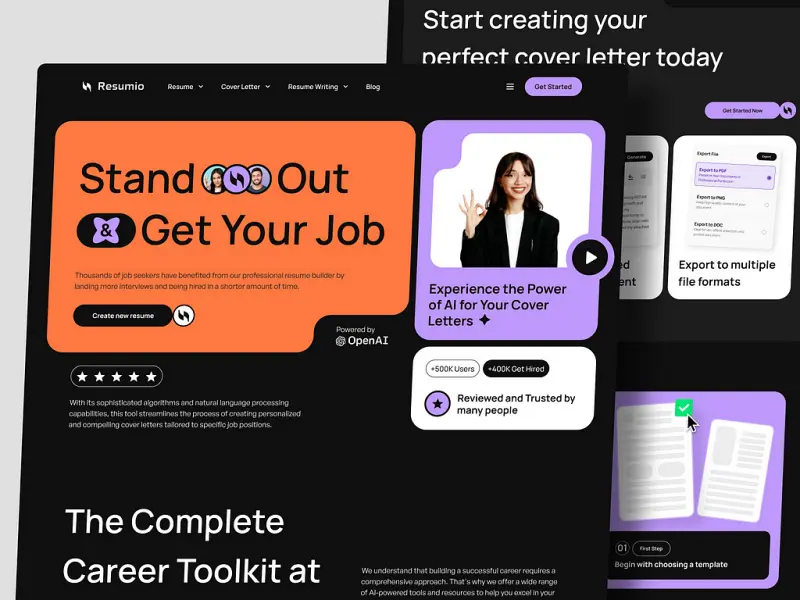
VI. Strategies for Implementing AI in Resume Screening
Although AI in resume screening can reduce recruiters’ time and effort, it does require proper training and setup. Here are some strategies for effectively integrating artificial intelligence into your resume screening process.
Define Clear Criteria
When setting up AI for resume screening, it’s crucial to establish clear and relevant evaluation criteria. Cleaning data to support blind hiring is one approach, ensuring that the AI focuses on pertinent qualifications rather than potentially biased attributes. Many AI tools use proxies such as college degrees to infer work ethic or productivity, which can inadvertently exclude capable candidates.
According to the Harvard Business School, “Workers are excluded from consideration due to variables such as the lack of a college degree or a gap in their employment history. While employers may infer that applicants with those attributes are undeserving of consideration, applying an ‘affirmative’ logic would seem a more logical approach for seeking talent.”
The objective should be to find ways to include candidates based on their potential and relevant skills rather than excluding them for arbitrary reasons.
Understanding the Role of a Resume Screening Tool
A resume screening tool has a specific role in the hiring process. It should be viewed as the initial step, not a complete solution. The primary function of a resume screening system is to quickly filter out spam applicants and those who are genuinely unqualified. This allows recruiters to concentrate on candidates with real potential to join the company.
When integrating AI into your screening process, consider it as a tool to enhance efficiency. It speeds up the screening process and reduces manual effort, providing hiring managers more time to conduct interviews and engage with strong candidates.
Conclusion
Integrating AI into resume screening is transforming the recruitment landscape. By tackling challenges like high application volumes, quality of hire, and speed, AI resume screening tools make hiring more efficient and effective. However, thoughtful implementation is key to avoiding pitfalls like bias and inaccuracies.
Ready to upgrade your recruitment game? Contact TECHVIFY for top-notch consultation and outsourced development services. Let’s transform your talent acquisition with cutting-edge AI solutions.
TECHVIFY – Global AI & Software Solutions Company
For MVPs and Market Leaders: TECHVIFY prioritizes results, not just deliverables. Reduce time to market & see ROI early with high-performing Teams & Software Solutions.
- Email: [email protected]
- Phone: (+84)24.77762.666




